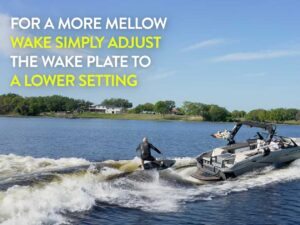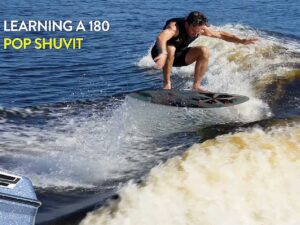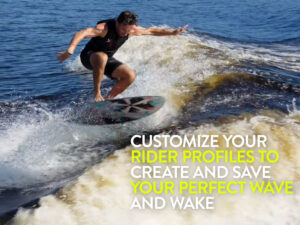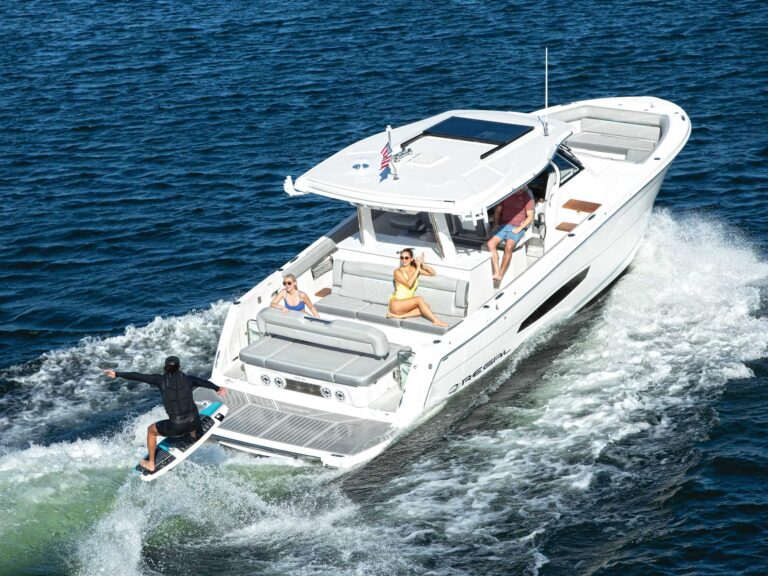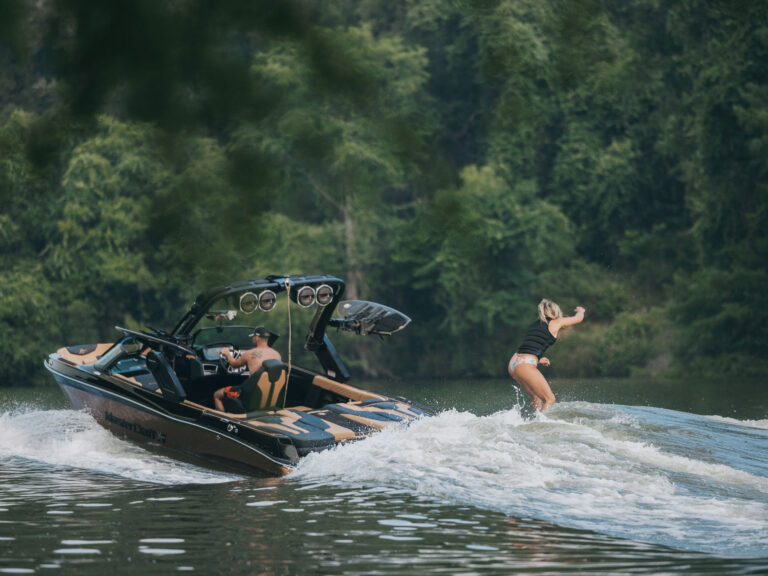There are certain factors that have greatly influenced the sport of wakeboarding and where it is today. Some were little changes that were instantly noticeable, and some took more time to evolve. Either way, the level of riding advanced because of these five innovations and helped change the face of wakeboarding forever.
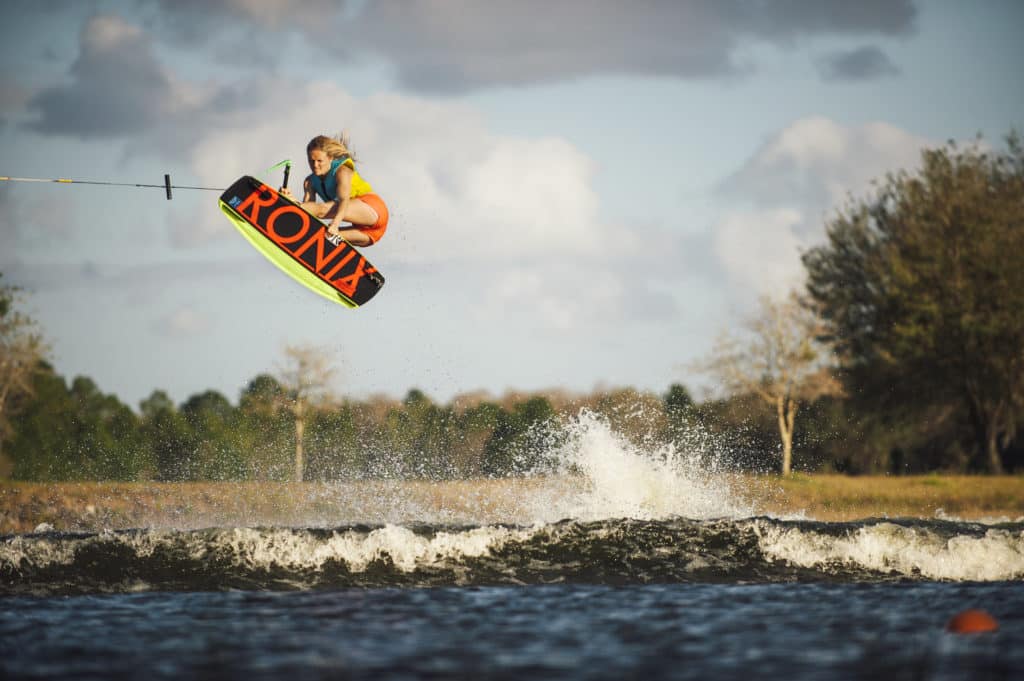
Twin Tip Boards
Back in 1997 Wake Tech released the first twin tip wakeboard on the market, the Flight 69. Prior to this innovation, all boards were directional and looked more like small surfboards. By creating a twin tip board, riders were not only able to do switch tricks much easier, but were also able to land switch much more comfortably. Imagine landing in the switch stance, with your foot only about four inches from the front and 70% of your body weight pushing down on it – not ideal. After seeing what riders like Scott Byerly and Gator Lutgert were able to do on the new shape, everyone knew this was the future of wakeboarding.
Extended Pylons
Before there were towers on boats, there were extended pylons, and prior to that the only option was to use the low pylon that was standard on ski boats. By putting the rope in a higher position, riders no longer had a downward pull that they had to continually fight against. This led to longer hang time and larger, more technical tricks. It’s hard to imagine Dean Smith boosting his massive back five into the flats while being tied to a low pylon that used to be the standard. It also made it possible for passengers to sit in the back of the boat and not worry about being decapitated by the rope.
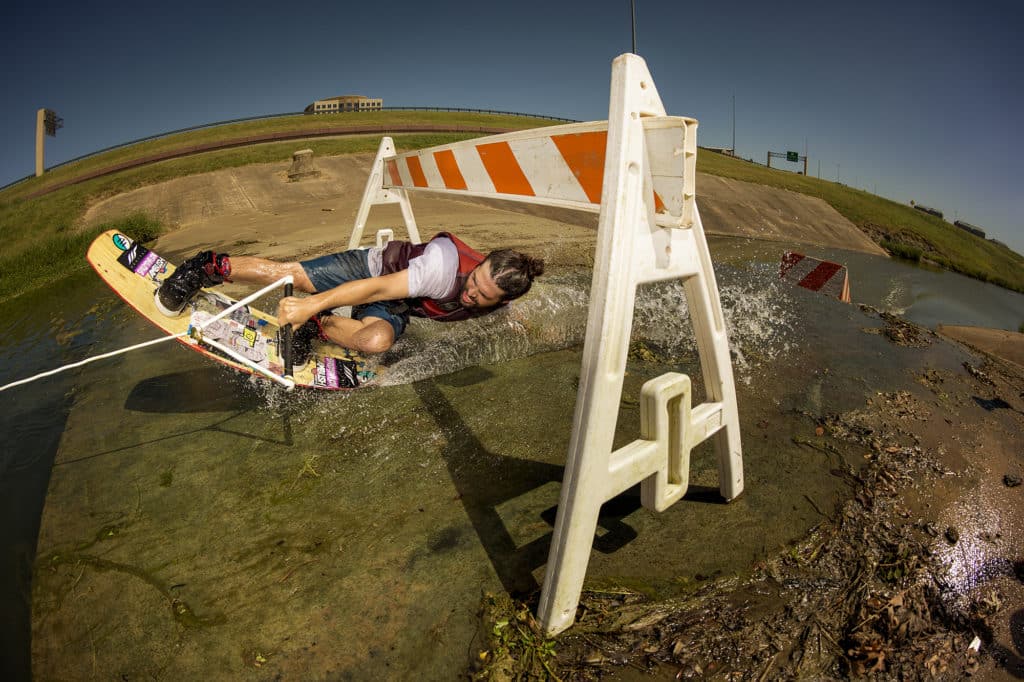
Winches
It’s hard to say when riders first started using winches to hit spots that weren’t accessible any other way, but needless to say it changed everything. For the first time in our sport we had real street riding. Prior to this most obstacles were built specifically for wakeboarding, apart from something like a log near the shoreline. Now riders can scope out natural (or unintended) obstacles just about anywhere, go on a stealth mission to the spot, and ride something sick that would never be possible via boat or jet ski.
Social Media
Social media has changed how riding is brought to the masses. Before the days of Facebook, YouTube, and Instagram it was difficult to showcase your riding to a large audience. You only had a few options of riding in contests or being part of a full-length video. Well, not everyone has a style conducive for contest riding, and creating an hour-long video with multiple sections is difficult, as well as expensive. Today you can create a short video for YouTube, post sick photos on your Instagram, and showcase your riding without ever leaving your local spot. There are all types of professional wakeboarders nowadays, some of which who have never ridden in a contest. Online presence is now more important than ever.
Fat Sacks
Anything that makes a wake better is good for the sport. It’s hard to imagine where wakeboarding would be if boats were never weighted down. Fat sacks made it possible for weight to be transferred in and out of the boat in a matter of minutes. Prior to commercial fat sacks being made, people would use waterbeds to get that extra weight in the boat. Other weight alternatives include lead and sandbags, but it’s hard to beat fat sacks when it comes to getting that wake shaped up. A couple of sacks can really turn a wake from a zero to a hero.
